Week 7 - Drinking and Dining
Essay: Why is the paraphernalia of drinking and dining so prominent in the material culture of the Achaemenid Empire?
Presentation 1: The Lydian Treasure
Presentation 2: Deve Hüyük
Introductory:
St John Simpson, ‘The royal table’, in J. Curtis and N. Tallis, Forgotten Empire: The World of Ancient Persia (2005) 104-131 (superb illustrated introduction)
P. Briant, From Cyrus to Alexander 286-297.
A. Kuhrt, The Persian Empire: A Corpus of Sources from the Achaemenid Period (2007), 509-10, 604-614
Drinking in Achaemenid Asia Minor:
M.C. Miller, ‘Manners makyth man: diacritical drinking in Achaemenid Anatolia’, in E. Gruen (ed), Cultural Identity in the Ancient Mediterranean (2011), 97-134.
E. Dusinberre, Empire, Authority and Autonomy in Achaemenid Anatolia (2013), 114-140, 179-187
E. Dusinberre, ‘Satrapal Sardis: Achaemenid bowls in an Achaemenid capital’, AJA 103 (1999), 73-102.
Lydian treasure:
Good introduction here: http://sardisexpedition.org/en/essays/latw-ozgen-lydian-treasure
I. Özgen & J. Öztürk, Heritage Recovered: The Lydian Treasure (1996), especially pp.87ff
M.C. Miller, ‘The Poetics of Emulation in the Achaemenid World: The Figured Bowls of the Lydian Treasure’, Ancient West and East 6 (2007) 43-72
Deve Hüyük:
P. R. S. Moorey, Cemeteries of the first millennium B.C., at Deve Hüyük (1980)
G. J. Stein, ‘Persians on the Euphrates? Material Culture and Identity in Two Achaemenid Burials from Hacınebi, Southeast Turkey’ in M. Stolper et al..Extraction and Control (2014) 265-286

The so-called 'Lydian Treasure' is a large assemblage of grave goods from a group of elite tombs of the Achaemenid period from eastern Lydia, east of Sardis (Toptepe, Ikiztepe and others). These tombs were systematically looted in the 1960s, and their contents sold in the United States. Many of the objects were purchased by the Metropolitan Museum in New York; after a landmark legal battle, they were returned to Turkey in the early 1990s, and are now the main reason to visit the excellent little archaeological museum in the remote Turkish town of Uşak.
The Lydian Treasure consists of some 363 objects, catalogued in the amazing volume I. Özgen & J. Öztürk, Heritage Recovered: The Lydian Treasure (1996), and discussed here. It forms one of the finest assemblages of elite Achaemenid (or rather 'Persianizing'?) material culture known from the entire Achaemenid world. Particularly relevant for our purposes are the drinking and dining vessels, some of which are illustrated here, but you ought to get to know the assemblage as a whole.



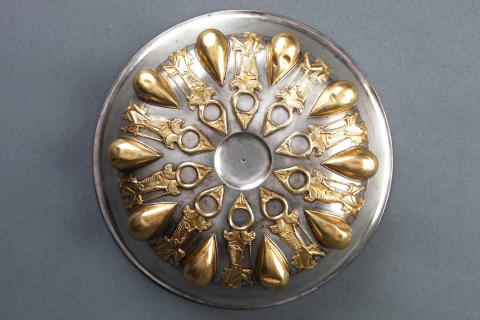
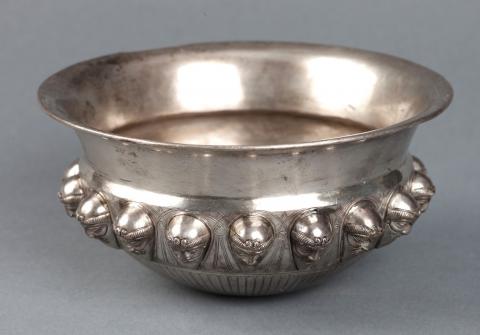
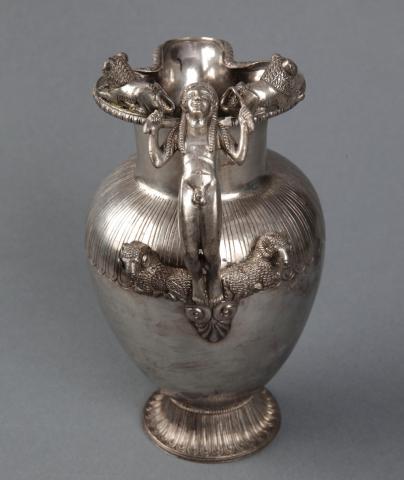
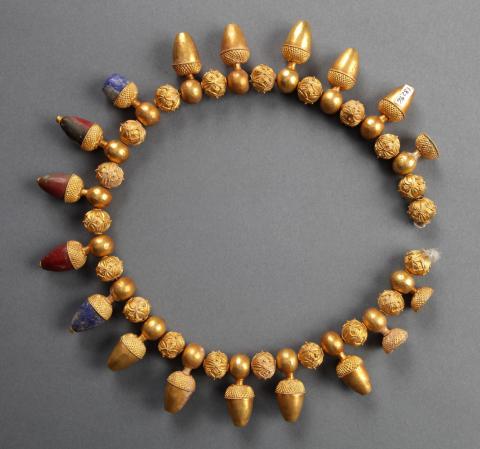
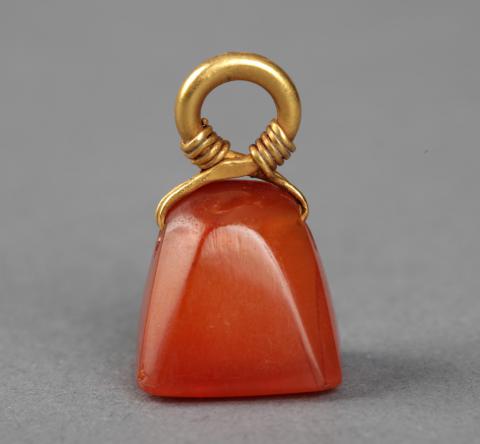
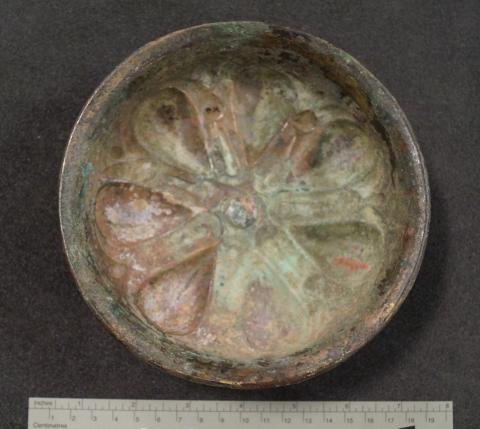
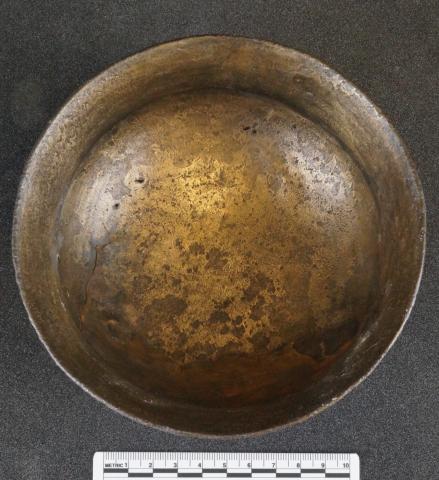
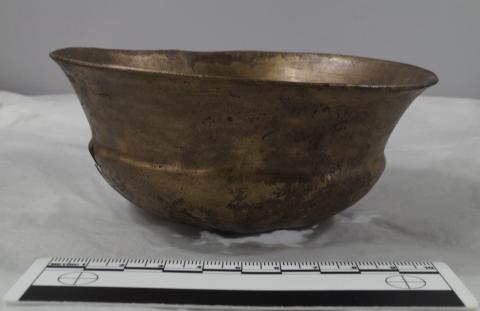
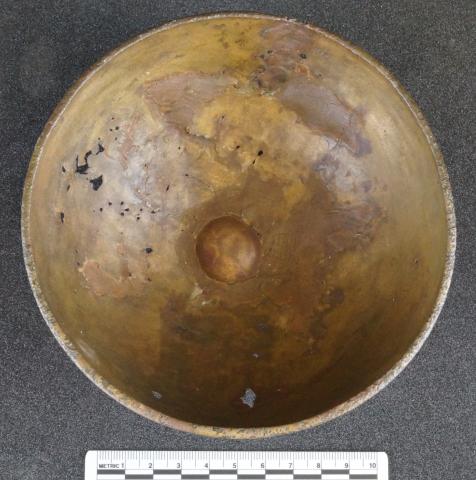
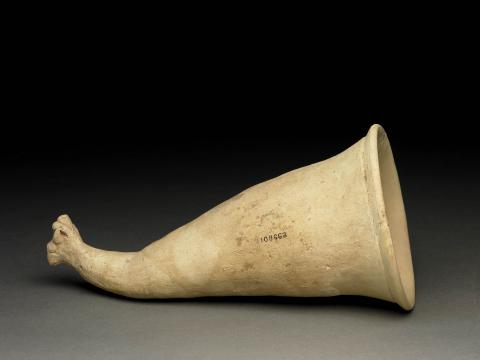
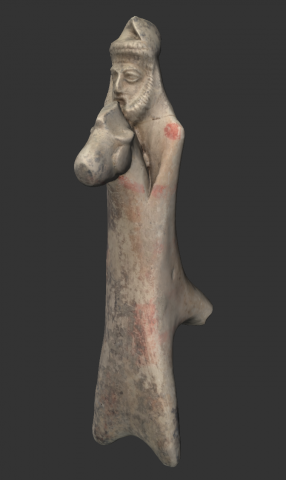
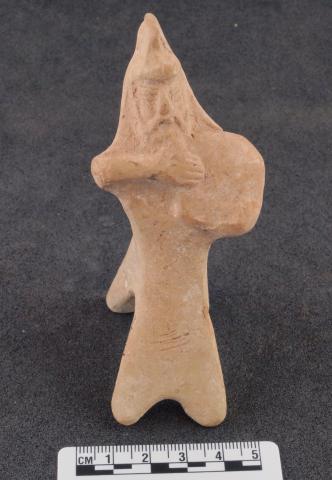
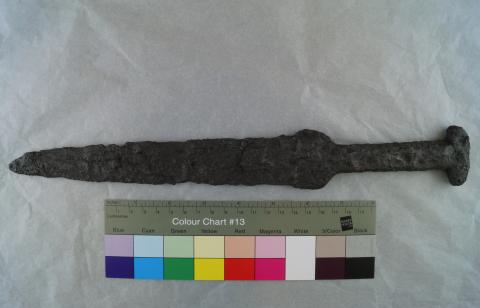
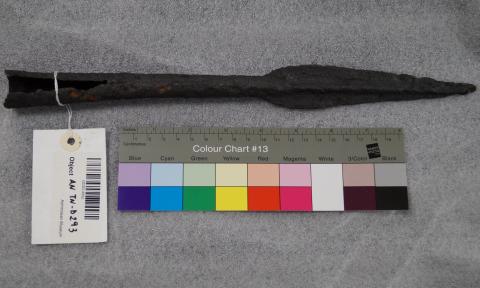
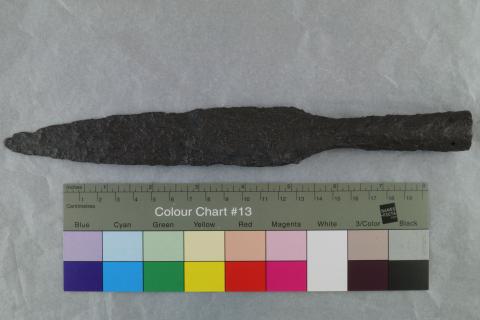
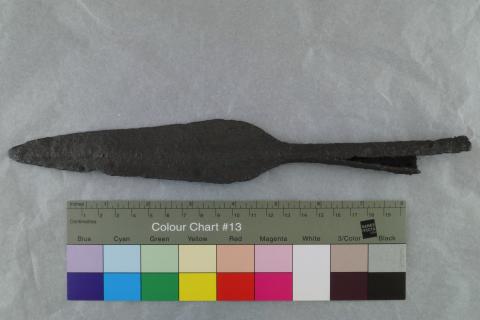
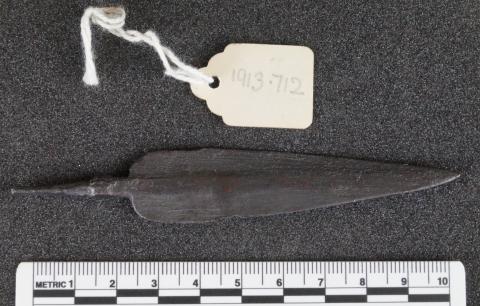
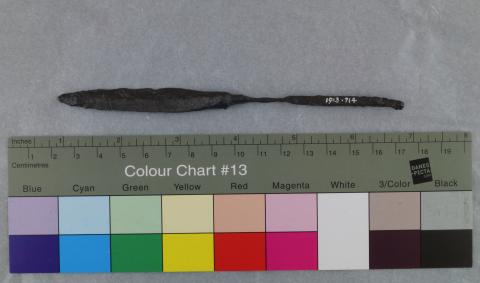
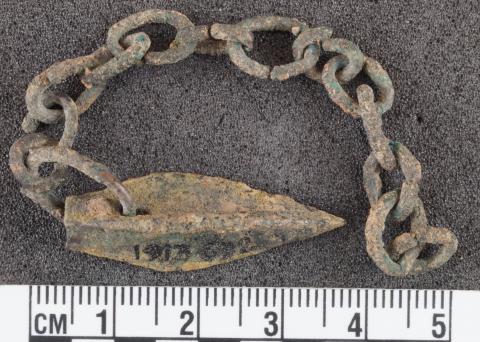
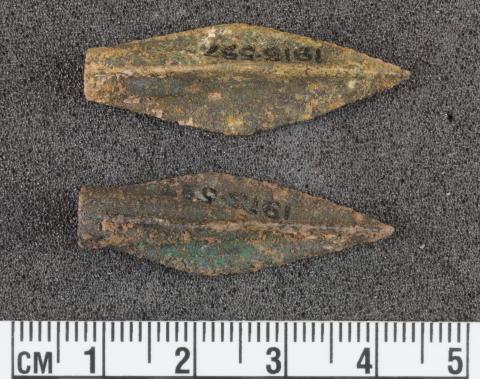
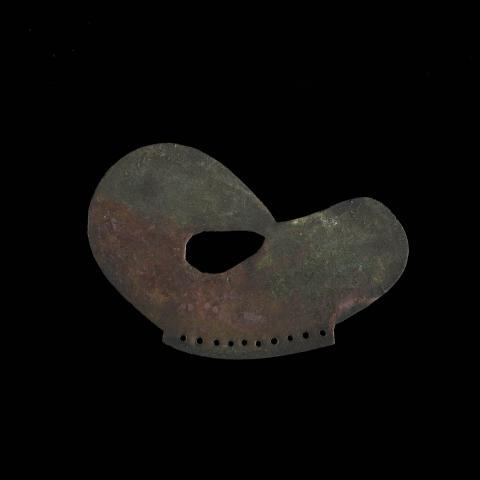
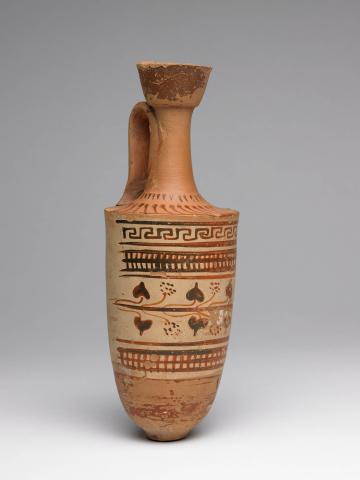
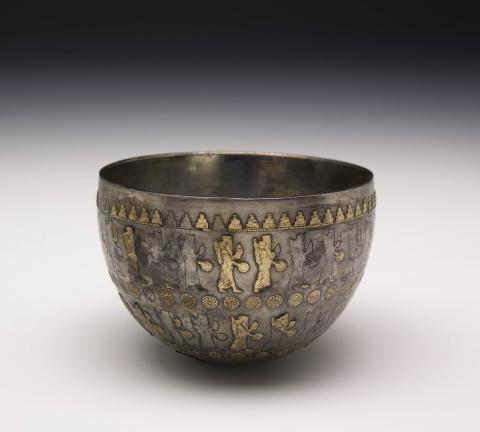
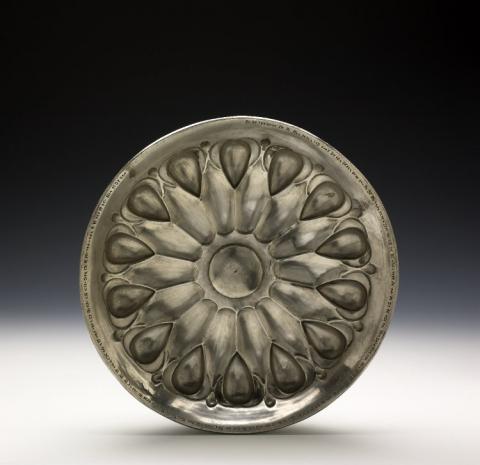
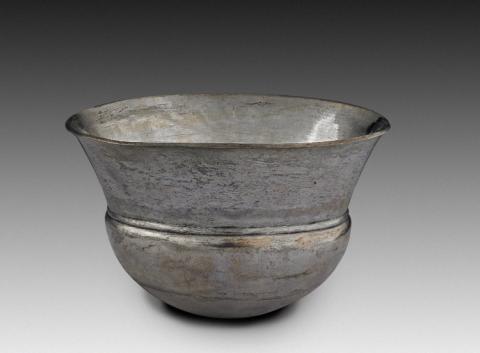
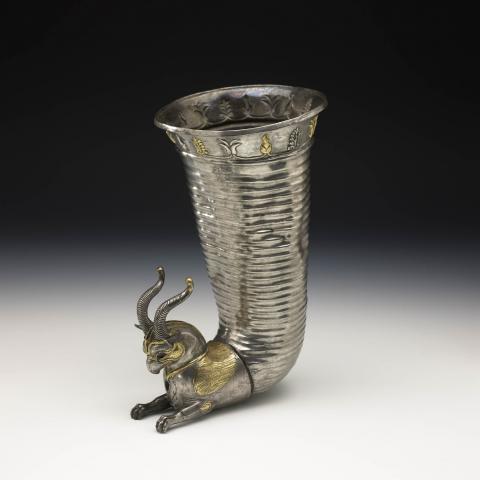
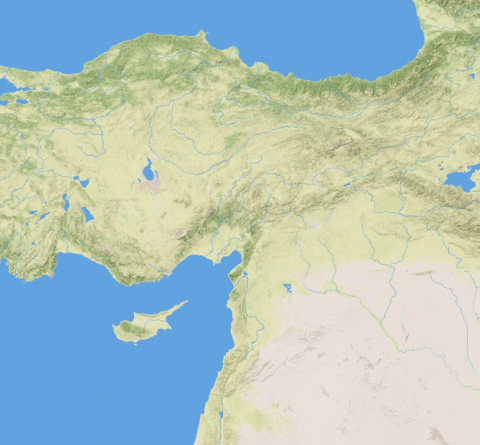
![Image for Clone of Karaburun Tumulus II Painting [Reclining diner]](https://www.cabinet.ox.ac.uk/sites/default/files/styles/large/public/images/sources/Karaburun.png?itok=_Hfv3w59)